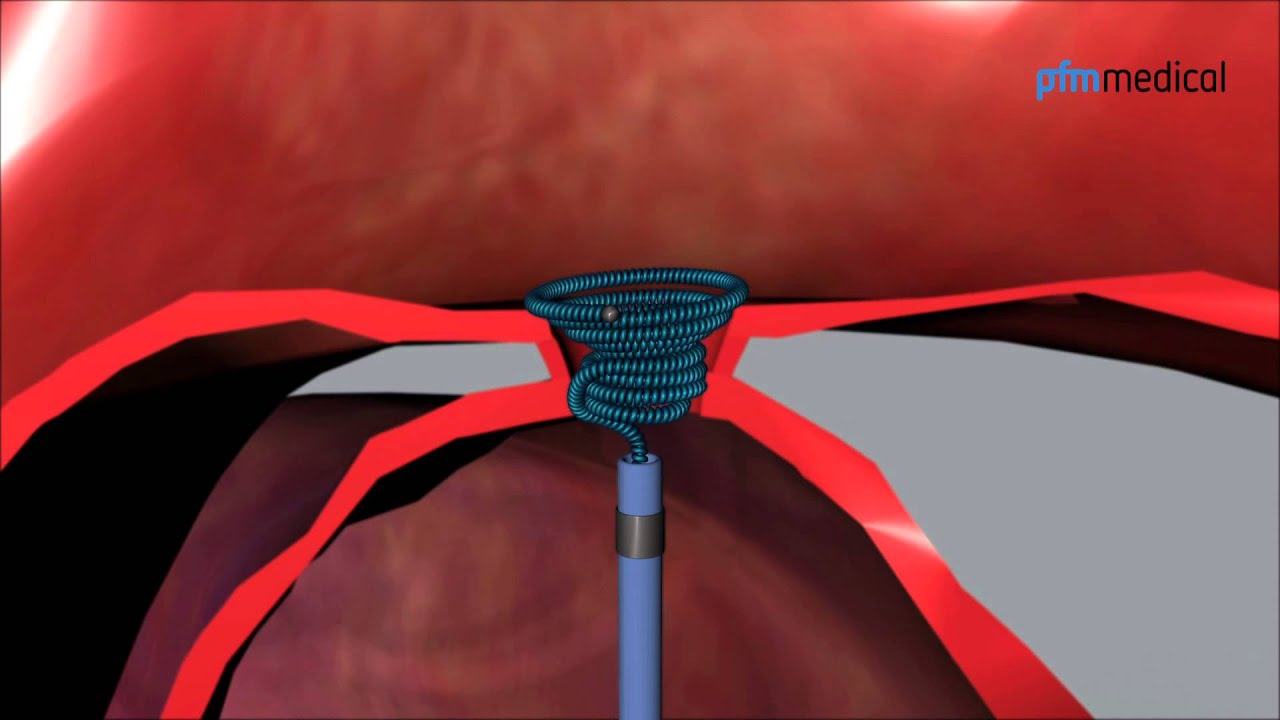The human heart
The human heart
Patent ductus arteriosus - PDA
What is it?
A PDAThe ductus arteriosus connects the aorta with the pulmonary artery. While this connection ensures the blood circulation in the unborn, it usually closes shortly after birth… defect (patent ductus arteriosusThe ductus arteriosus connects the aorta with the pulmonary artery. While this connection ensures the blood circulation in the unborn, it usually closes shortly after birth…) consists of an undesirable, pathological connection between the aorta and the pulmonary artery. Through this connection oxygen rich blood can flow from the aorta back into the pulmonary circulation.
How does the defect occur?
In healthy adults, the systemic and pulmonary circulations are completely separated from one another. However, in an unborn child, the ductus arteriosus blood vessel creates a connection between the aorta and the pulmonary artery. As the unborn child does not require a functional pulmonary circulation yet, this ensures the exchange of blood between the pulmonary and systemic circulation. Normally, this circulation closes automatically shortly after birth. If this does not happen, it is called a patent ductus arteriosus.
How is the defect treated?
The defect can be treated through surgical intervention by tying off the blood vessel. Today, a minimally invasive catheter technique is mainly being used.
A catheter is inserted into the blood vessels in the inguinal area, after which it is advanced to the heart to determine the size of the ductus arteriosus. An occluder of the proper size is then advanced to the heart via the catheter and positioned in the defect. The occluder closes the passage and becomes firmly ingrown over time.
Here you can see how the Nit-Occlud® PDA occluder is put into place.
